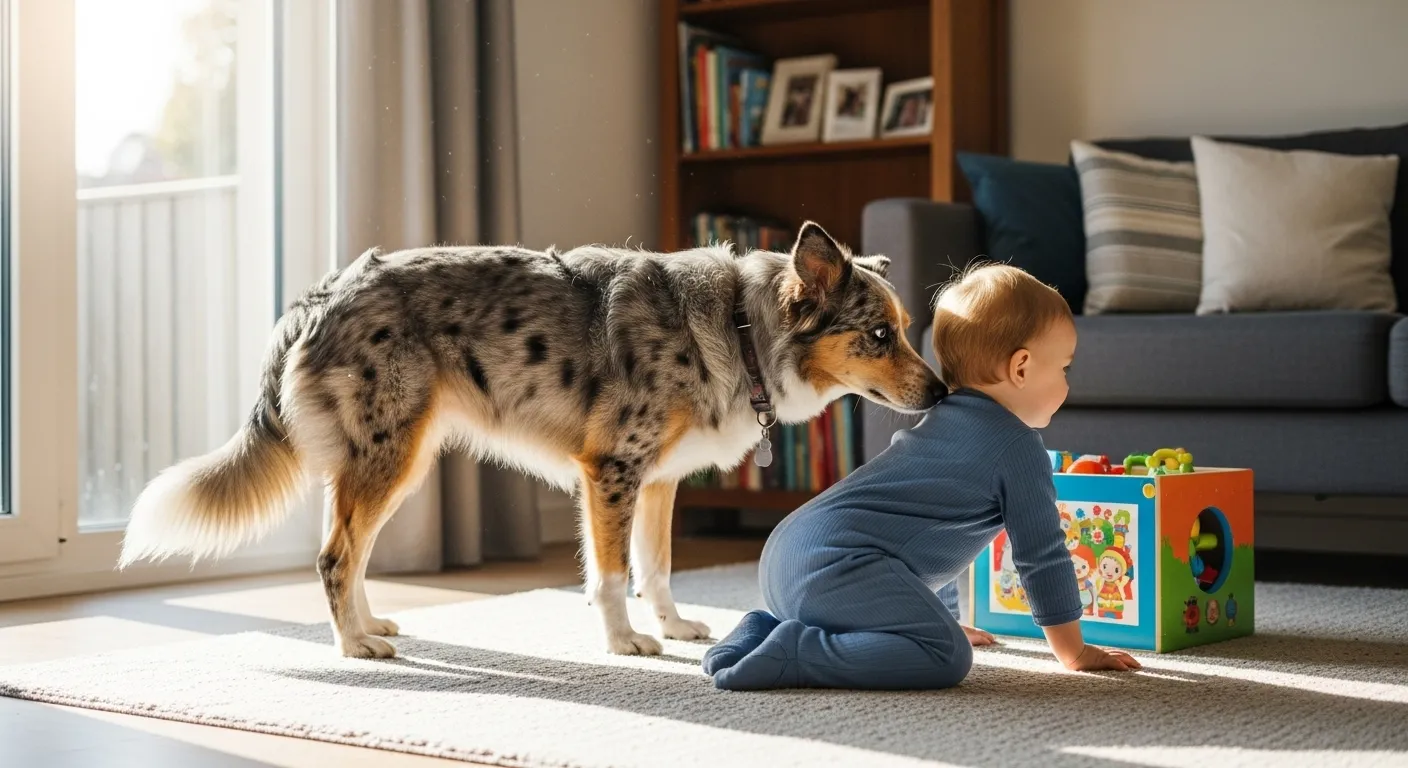
Understanding and Nurturing Your Mutt’s Unique Personality
Once your new mixed-breed dog has settled in, the real fun begins: getting to know their unique personality and building a strong, trusting relationship. This is where humane training and thoughtful enrichment play a vital role. While you may never know their exact genetic makeup, you can learn to read their body language and provide them with everything they need to thrive.
Decoding Their DNA: Clues, Not Certainties
If you have an idea of your dog’s mix—perhaps the shelter made an educated guess or you did a DNA test—you can use that information as a set of clues to potential behaviors. A dog with hound heritage might be driven by their nose, making scent games a fantastic activity. A dog with herding breed ancestry might be very watchful and may even try to “herd” children or other pets. It’s important to view these as tendencies, not certainties. The individual dog’s personality, socialization, and life experiences will always be more influential than their breed background. Avoid the pitfall of making assumptions; instead, observe the dog in front of you.
The Power of Positive Reinforcement Training
The most effective and humane way to train any dog, especially a rescue who may have a sensitive past, is through positive reinforcement. This is a training method where you reward the behaviors you want to see, making them more likely to happen in the future. Rewards can be small, tasty treats, enthusiastic praise, or a favorite toy. This approach builds a dog’s confidence and strengthens your bond because it makes learning a fun and collaborative game, rather than a conflict. Punishment-based methods, such as yelling or using harsh physical corrections, can create fear and anxiety, damaging trust and often making behavior problems worse.
Here is a mini-example of a simple, positive training session: Let’s teach a ‘touch’ cue, which is a great foundation for other behaviors. Start with a high-value treat in your closed fist. Hold your hand out to your dog. The moment their nose touches your hand, say an enthusiastic ‘Yes!’ and immediately open your fist to give them the treat. Pull your hand back, reload, and repeat. Keep sessions short and fun—just two to five minutes at a time is perfect. This simple exercise teaches your dog to focus on you and happily engage in training.
Enrichment: The Key to a Happy Mutt
A tired dog is a happy dog, but physical exercise is only half the equation. Mental stimulation, known as enrichment, is just as important. Enrichment provides dogs with an outlet for their natural instincts, like sniffing, chewing, and problem-solving. A bored dog is often a destructive dog, so providing engaging activities can prevent issues like chewing on furniture or excessive barking.
Enrichment doesn’t have to be expensive or complicated. You can scatter your dog’s kibble in the grass and let them “hunt” for their meal. Hiding treats around a room for them to find is a great rainy-day scent game. Food-dispensing puzzle toys or a “snuffle mat” (a fabric mat with fleece strips for hiding food) can keep them happily occupied. Providing safe, durable chew toys also satisfies a natural canine need. For senior dogs or those with limited mobility, enrichment is a fantastic way to keep their minds sharp and engaged without strenuous physical activity.














